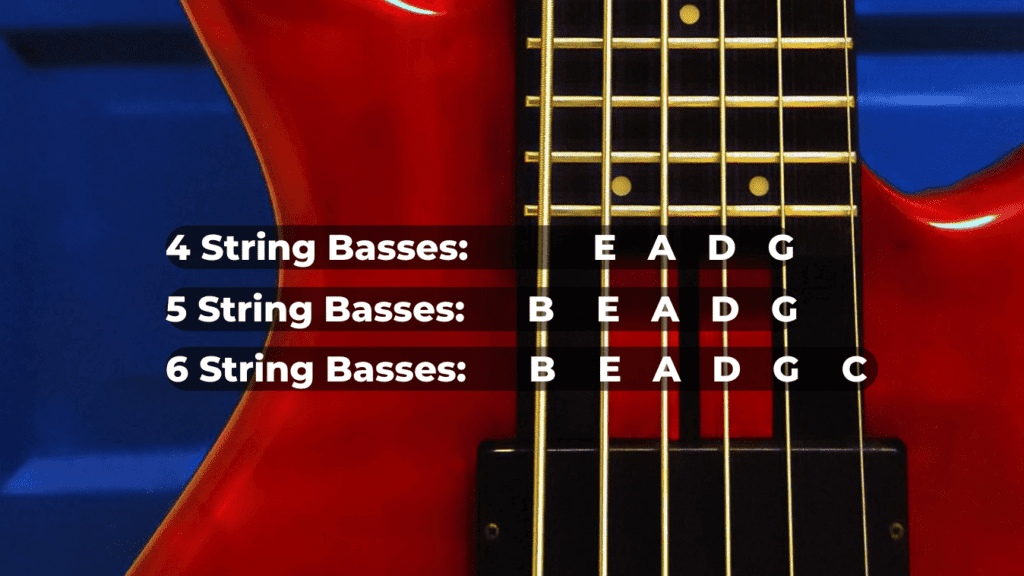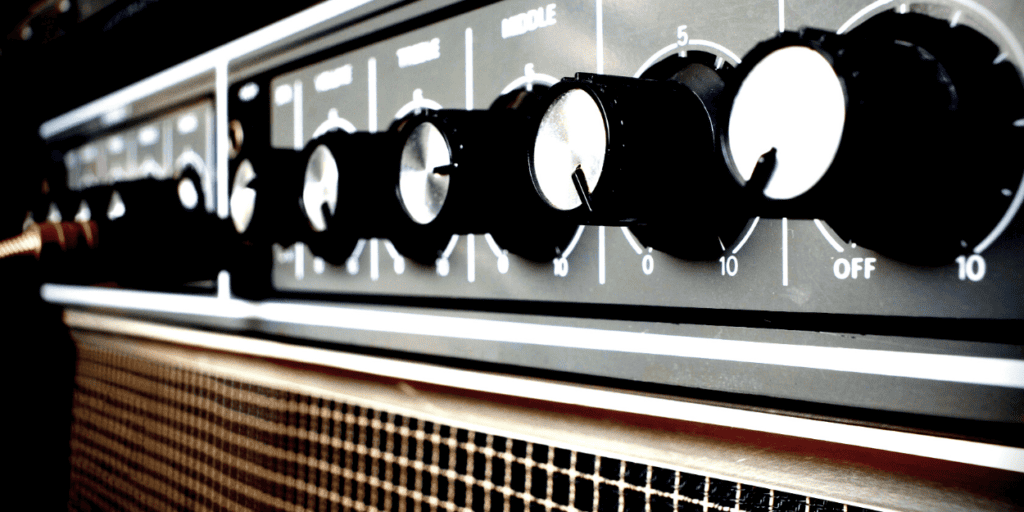The bass guitar is one of the hardest instruments to get a great live sound. Common sense tells us that it shouldn’t be; after all, it’s only got four strings! Nevertheless, many bass guitarists have issues with their live sound. Here are a few tips for developing a complete bass guitar sound in a live setting.

Table of Contents
Get a Good Live Bass Guitar Sound
1. Tune and Tune Again
Being in tune (and intonated properly) can make or break any bass guitar sound. Tuning your bass before every show can drastically improve how you sound by yourself, and especially how you sound together with other instruments.
You don’t have to buy a super expensive tuner, a simple one will do.

2. Get the Right Amp
Exactly which amp will depend on your purposes; an all-in-one solid-state amp might be fine if you’re only playing in small clubs and can’t notice a huge difference between tube and solid-state amps.
Still, bassists that spend much time on their tones tend to prefer tube amps and separate head and cabinet units. Go to your local music store and play as many amps as you can. You don’t have to buy anything there, you can always order online, but by getting some practice in, you should be able to see what amplifiers pique your interest.
Use your own bass, and mess with the settings. Any reputable music store will be happy to give you a bit of background on each amp, and regardless of your price range, you’ll find something that fits with your band and your needs (and, most importantly, an amp that sounds good with your bass).
3. EQ
Most bass amps have at least a rudimentary equalization system, so it’s worth knowing how to use it.
Generally, you want the most tone from the low mids of your bass, not necessarily the lows. The reason is that the lows may result in a muddy sound as your bass guitar interferes with the kick drum, but the low mids are an area that the bass can occupy without interfering with other instruments.
If your live bass sound is muddy, try dipping the lows on your EQ before anything else.

4. Compression
Some bassists choose to use compression when playing live, as the initial sound of the bass’s notes is often uneven with the rest of the tone, and different playing styles can accent these differences. A good compression effect evens it out, and makes the bass sound more consistent.
It’s not a quick fix for bad technique, though. It’s just a way to add consistency to your sound. Try out a few compression effects to see if your tone is improved. Remember to use the compressor to complement your sound, not as an improvement for your technique.
Finishing Thoughts
Don’t underestimate the impact of a simple EQ and Compressor, they will work magic on your tone. A good amp is obviously important, too, but even the best-sounding amps will sound poor if you use the wrong settings.
Do you have any other tips for live bass guitar sound? Post in our comments section below.